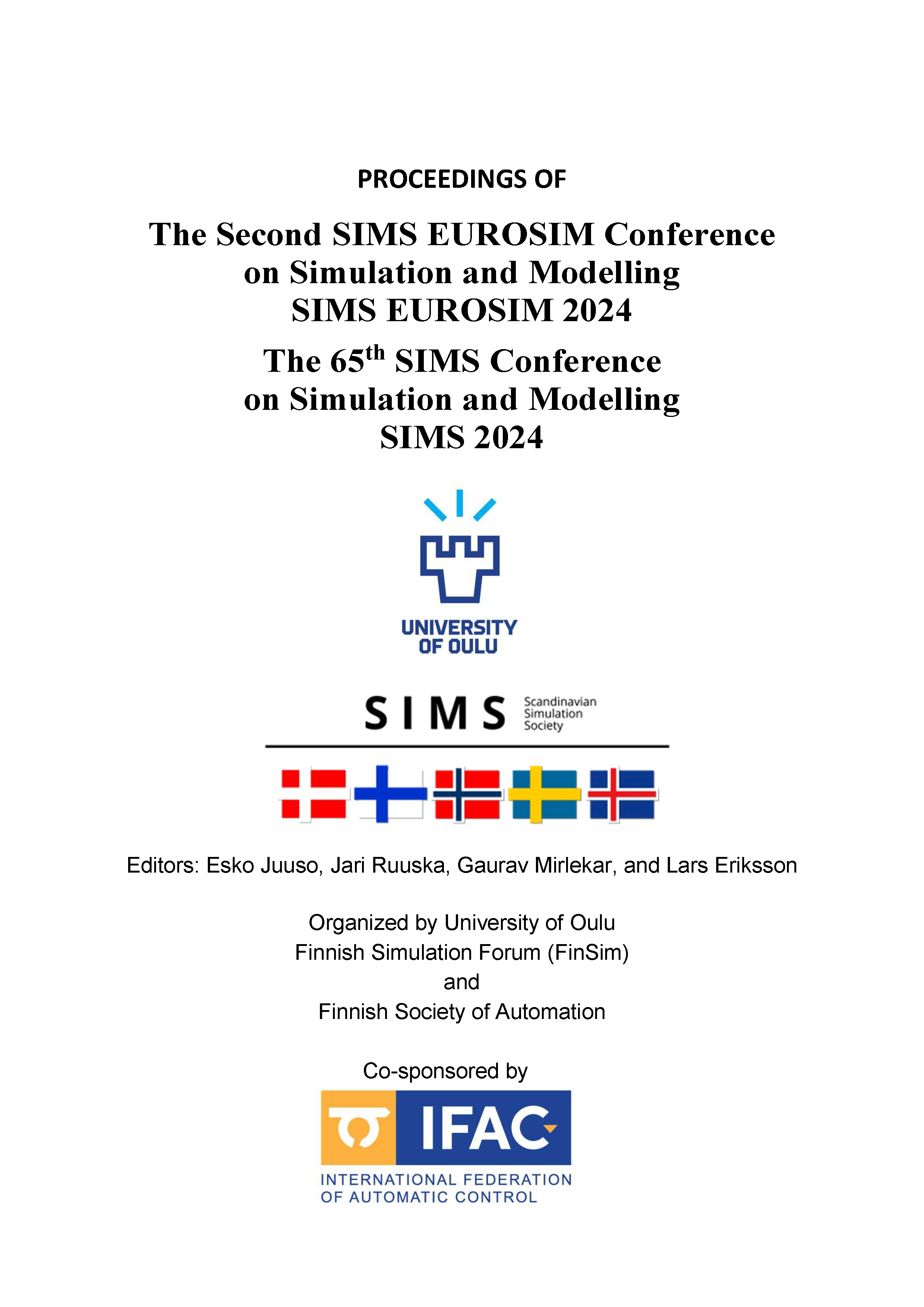Process simulation for biogas upgrading and biomethane recovery using biofilm-based reactors
DOI:
https://doi.org/10.3384/ecp212.037Keywords:
biofilms, trickle bed reactor, bioelectrochemical system, methane, carbon dioxide, hydrogenAbstract
Microbial biofilm matrices offer numerous benefits in bioprocessing and are crucial in various industrial and remediation processes. They facilitate electron exchange from solid surfaces when they interact with the environment. Emerging technologies such as biofilm-containing trickle bed reactors (TBR) and bioelectrochemical systems (BESs) for carbon dioxide (CO2) utilization, mostly rely on microbial biofilm matrices. Metabolic modeling of biofilm-based reactors enables detailed analysis of CO2 reduction within microorganisms, enhancing reactor efficiency. This study employed simulation models to analyze biomethane synthesis within TBR and BES systems. AQUASIM simulation tool was used for conducting the simulation. Parameters such as non-stoichiometric and stoichiometric ratios of substrates, hydraulic retention time (HRT), biofilm surface area, and applied voltage in BES were varied to evaluate methane (CH4) production and microbial biomass growth in TBR and BES. Results demonstrated that 1 day HRT resulted in methanation process failure due to biomass development problem in both TBR and BES. The substrate ratio 1:4 of CO2 to H2 increased CH4 production in the investigated reactors. In BES, in-situ CO2 and proton (H+) generation from oxidation reactions can increase CH4 production. Whereas in TBR, external H2 (hydrogen) should be supplied to consume higher amount of CO2. The lag phase in TBR was shorter than that in BES because of the greater surface area in TBR. In BES, higher voltage increased the current generation because of development of more biomass on the cathode. The simulation underlines the influence of different variables on biofilm-based reactors, offering critical insights for experimental process design.Downloads
Published
2025-01-13
Issue
Section
Papers
License
Copyright (c) 2025 Vafa Ahmadi, Aryan Bhusal, Gamunu L Samarakoon Arachchige, Nabin Aryal

This work is licensed under a Creative Commons Attribution 4.0 International License.

